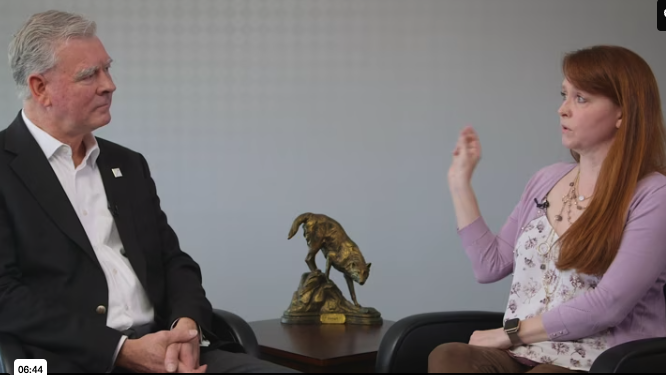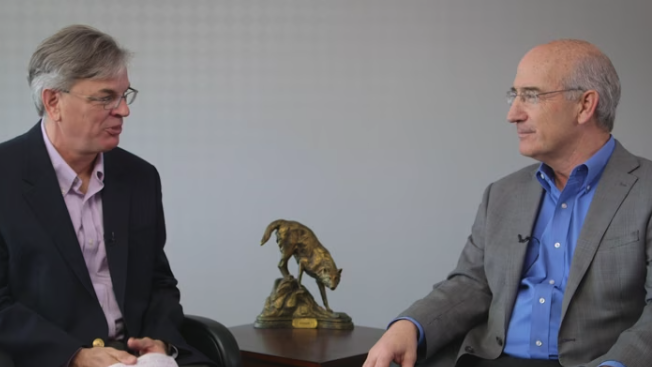Jan 24, 2020
Preparing for an Uncertain Future: Scenario Planning and War-Gaming
A Risk Intelligent Enterprise puts an organization in the best position to plan for and manage risks, take advantage of opportunities and be flexible enough to respond as the environment changes and risks arise in the future. In doing so, an organization can engage in various strategic initiatives and risk management efforts to identify and mitigate the impact of uncertain futures. This article published by Deloitte, outlines two tools to help companies think outside the box and perform a what-if analysis to gain a wider view of future events that could impact an organization's ability to achieve its strategic objectives.


